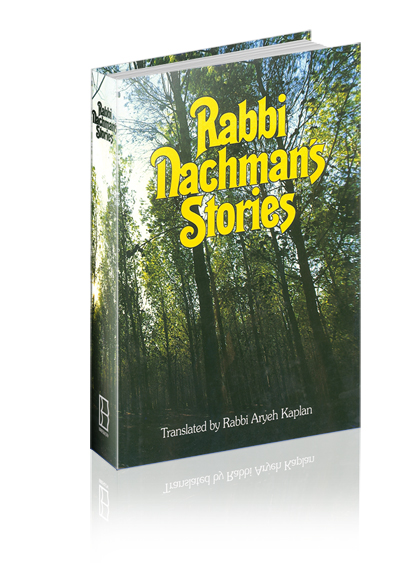An Aspiring Breslover asks:
In the past we have discussed how to approach how to learn Likutey Moharan and Likutey Halachos. However, we have not yet discussed how to approach learning Sippurey Ma’asiyos. After learning these 13 stories over and over for decades, what advice would you give to the person who is just starting to take a look at these stories?
Rabbi Dovid Sears answers:
I think there are “two tracks” with the Rebbe’s stories:
1) just to read them simple as stories, and let any possible glimmerings of meaning occur spontaneously; and
2) to explore the stories through the commentaries of Reb Noson in Likutey Halachos; the Tcheriner Rov in his Rimzey HaMa’asiyos; Reb Avraham b’Reb Nachman in Chokhmah U-Tevunah; some of the newer compendia, which also contain many interesting new ideas, including Rabbi Aryeh Kaplan’s English translation and commentary; and especially by thinking about the links between the Rebbe’s stories and his teachings in Likutey Moharan — which is an unending, lifelong endeavor. The more you study the various Breslov works, they more these connections will emerge.
An Aspiring Breslover asks:
Would you also suggest taking a similar approach to the stories as one take’s with learning Likutey Moharan, in that one should “go with a story” and focus on it for a certain amount of time; going over and over it – perhaps even for a month or longer – before going on to the next?
Rabbi Dovid Sears answers:
The Rebbe didn’t say that about the stories, but about his lessons in Likutey Moharan.
Especially when it comes to the stories, I’d say that there are no cut and dry rules.
Personally, I like to read a few pages of Sippurey Ma’asiyos at the Shabbos day meal with my wife and any guests we may have, and then we discuss what we’ve read a bit. This way, we finish the sefer every nine months or so (not quite sure about this number — I have a fuzzy sense of time)
But I have studied the Rebbe’s stories more intensely as the mood struck me at different times over the years. Sometimes I would spontaneously gain certain insights, especially in seeing connections between Likutey Moharan and Sippurey Ma’asiyos. My close friend (and in recent years upstairs neighbor) Rabbi Symcha Bergman seems to have a similar approach. Often there’s a knock on the door after Shabbos is over, and there’s Reb Symcha with his latest chiddush, “hot off the press”!
The main thing is that a person should realize that the Rebbe’s teachings and stories are really parts of one enormous vision of Torah and the meaning of life, and then take it from there!


2 comments
I’ve found that following Rabbi Kramer’s advice (to read each story in its entirety, and then go through it once – or twice, or thrice – with the commentaries.
Reb Aryeh Kaplan’s translation incorporates a lot of Rabbi Rosenfield’s teachings, which are always great…
1) The BRI Rabbi Aryeh Kaplan commentary on Rebbe Nachman’s stories is unmatched. It is simply a treasure!
2) I know someone who “went” with the “13 Beggers” just like going with a Torah in Likutey Moharan and got much out of it.